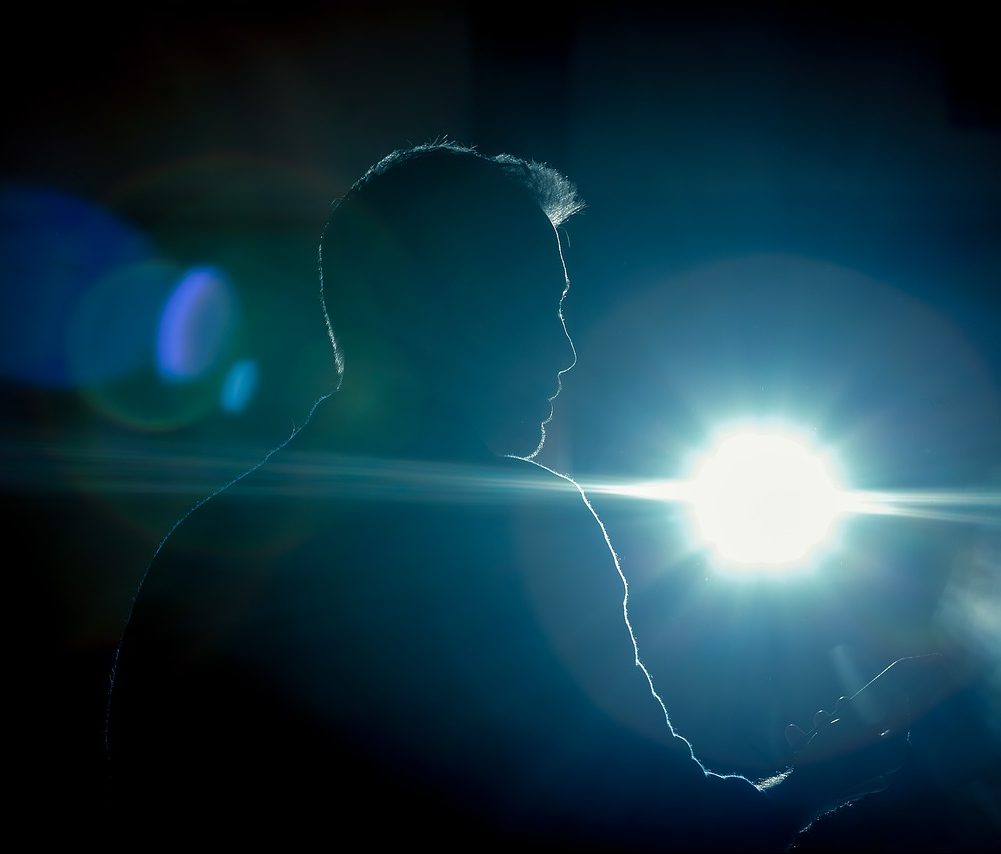At the age of 16, I watched the 1965 film adaptation of Shakespeare’s “Othello” for the first time. It’s a film replete with the greatest actors of all time — Sir Laurence Olivier, Dame Maggie Smith and Sir Michael Gambon, to name a few. As one would expect, they perform admirably, garnering critical acclaim from all sides.
This is not their story.
The narrative at hand, one largely unexplored by the modern theater artist, is that of another actor: Frank Finlay. Finlay portrayed Iago, a character often lauded by literary and theater critics as one of the greatest villains of all time. His sociopathic gravitas, when coupled with his poisonous vitriol and racism, creates an Iago that has since become the standard for Iagos everywhere.
Nevertheless, Finlay’s path is unequivocally the theatrical road less traveled. His career spans decades and his roles are numerous and varied, ranging from Victor Hugo’s protagonist Jean Valjean to the ghost of Jacob Marley in the American film “A Christmas Carol.” He exemplifies the cardinal virtue of the acting world: range.
Range is an actor’s currency, and it can play a key role in making or breaking their career. Notwithstanding, the best and the brightest leading actors and actresses of the screen and stage are not paragons of versatility. To be a leading man or lady, you must adhere to industry standards of beauty and comportment. These standards, which may bring an actor commercial success, do little to hone their craft as artists. The actors at the forefront of the theatrical frontier lie closer to the background. Character actors — actors who tend to take on eccentric supporting roles — are the glue holding that unworthy scaffold together.
From a technical perspective, character acting deviates from its notorious counterpart: method acting. Popularized by Konstantin Stanislavski, method acting is primarily an inside-out approach to character development; an actor draws on their own experiences as footholds for the character they seek to embody. Character acting differs in that it draws upon an outside-in approach to characterization. It’s heavily reliant on imagination and physicality and often draws from a classical foundation. It should be noted that character acting and method acting are not diametrically opposed; Stanislavski was a character actor himself.
Great film actors of the 20th and 21st centuries have become the stuff of legend due to the lengths they will go to live like their characters. While sensationalist stories of mental and bodily disfigurement for the sake of art make for great conversation, they don’t always make for great acting. This approach picks at the core of the human psyche and typically yields intensely relatable characters. They are also intensely dull.
Acting is escapist. Adherence to realism is an admirable goal, but akin to a mirage. An artist will die in the desert chasing “isms.” The reason we go to the theater is not to observe the self but to escape it. We long not for the stone-faced leading man with abdominal muscles in the double digits. We long for the jaded villain, the quirky sidekick, the brash, the hilarious, the camp and the edgy.
The recent uptick in villain origin stories is a testament to this. Films like “Cruella” and “Joker” and TV shows like “Loki” and “Hannibal” have proved wildly successful. The modern theatergoer wants to see the hills and valleys of the human landscape, not merely the plains. Actors like Helena Bonham Carter, Tilda Swinton and Jim Carrey are beloved not merely due to their excellence but due to their risk-taking ability.
An unassuming ingenue is a canvas on which an audience member can freely project. There is something to be said for relatability, and the industry knows it. A character — and by extension, an actor — must be tethered to some aspect of the common human experience for audiences to put a stake in their development. Twenty-first-century artistic practice does not lend itself to the Brechtian theatrical tradition — that is, the practice of alienating one’s audience for the sake of social or political commentary doesn’t sell.
We are, now more than ever before, a generation of narcissists. We wish to see ourselves in every facet of our lives, even if the reflection is warped. This intense desire to be unique, when coupled with our collective need to be understood, builds the perfect environment in which character actors may flourish.
For at its heart of hearts, character acting is the most natural extension of our humanity.
Contradiction and extremity are its crowning characteristics. The past and future successes of theater and film depend on it.
One of the greatest playwrights of all time, William Shakespeare, owes much of his success to creating memorable outcasts. He rejected the idea that a character had to be intrinsically “good” to be compelling. The most intriguing character, after all, is not the character who is good, but the character who might have been.
This is what sets actors like Finlay apart. These chameleons are the true pioneers; they dare to plumb the depths of imagination. They are not only who we want to be, but who we are. Rather than taking on the shape of funhouse mirrors, they are windows into a brave new world, riddled with horror and wonder. And despite our best efforts, we can’t look away.
The days of the tabula rasa protagonist are numbered. The era of the character actor has begun.

















